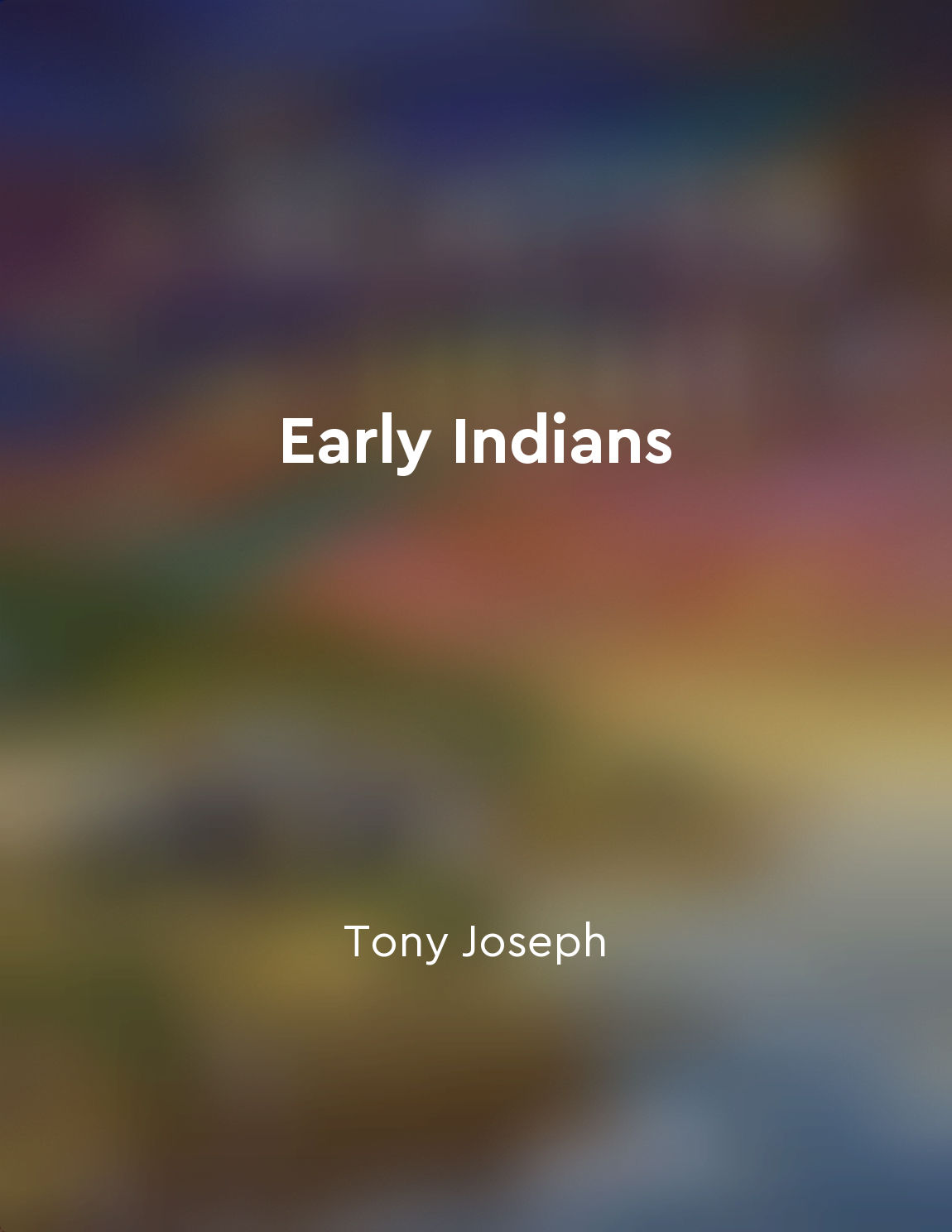Ancient India was shaped by diverse cultures and religions from "summary" of A History of India by Romila Thapar
Ancient India was a land of diverse cultures and religions that played a significant role in shaping its history. The interaction and exchange between different cultural groups enriched Indian society and contributed to its unique identity. The diversity of languages, rituals, customs, and beliefs created a rich tapestry of traditions that coexisted and influenced each other. The presence of multiple religions such as Hinduism, Buddhism, Jainism, and later Islam, added to the complexity of ancient Indian society. Each religion brought its own set of beliefs, practices, and values that were absorbed and adapted by the Indian people. The coexistence of multiple faiths led to a syncretic culture where ideas and practices were exchanged and blended to create new forms of religious expression. The influence of diverse cultures can be seen in various aspects of ancient Indian life, including art, architecture, literature, and philosophy. The fusion of different artistic styles and architectural techniques led to the development of unique forms such as the stupa, temple, and cave architecture. Literature and philosophy also flourished during this period, with texts like the Vedas, Upanishads, Ramayana, Mahabharata, and Buddhist scriptures serving as sources of knowledge and inspiration. Trade and commerce played a crucial role in facilitating cultural exchange and interaction between different regions in ancient India. The movement of goods, ideas, and people across the subcontinent helped in the spread of cultural practices and religious beliefs. Cities like Taxila, Mathura, Varanasi, and Pataliputra emerged as centers of learning and cultural exchange, attracting scholars, merchants, and artisans from different parts of India and beyond. Despite the diversity and complexity of ancient Indian society, there was a sense of unity and shared identity that transcended regional and religious differences. The concept of dharma, which encompassed duty, righteousness, and moral law, served as a unifying force that guided individuals and communities in their actions and beliefs. The idea of a cosmic order that connected all living beings and the universe was a central tenet of Indian philosophy and religion.- The rich tapestry of cultures and religions in ancient India shaped its history in profound ways, influencing its art, architecture, literature, philosophy, and social structure. The interactions between different cultural groups and religious traditions led to a vibrant and dynamic society that embraced diversity and celebrated unity amidst differences.
Similar Posts

Ancestral South Indians are the descendants of the first migrants
The genetic evidence tells us that the people who first arrived in the subcontinent around 65,000 years ago were the ancestors ...

Rise of caste system influenced by Aryan society
The origins of the Indian caste system can be traced back to the ancient Aryans, who migrated to the Indian subcontinent around...
The arrival of Islam marked a new era in Indian history
The impact of Islam on the history of India cannot be overstated. With its arrival came a significant shift in the religious, c...
Mauryan Empire was ruled by the mighty Ashoka
The Mauryan Empire, one of the most powerful and influential empires in ancient India, was ruled by the mighty Ashoka. Ashoka, ...
Vedic literature provides insights into ancient Indian culture
Vedic literature offers a window into the customs, beliefs, and practices of ancient Indian society. By delving into the verses...

